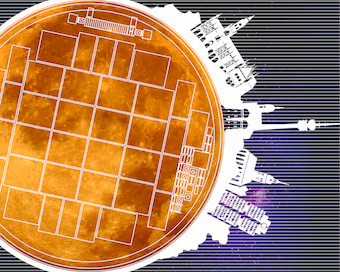Speaker
Description
CMOS SPADs are recently gaining the attention of the scientific and industrial world, because of their excellent performance. Due to their working principle, they are sensitive down to the single photon level with no need of an external amplification and provide a temporal resolution, which reaches tens of picoseconds. Further, the CMOS integration, allowed integrating the auxiliary electronics, necessary for device quenching, signal processing into the device itself.
Beyond all these advantages, the SPADs performances are strongly controlled by defects located in the silicon bulk or along the interfaces of the device. Defects are naturally introduced during the manufacturing process steps, such as etching or implant. These defects can introduce energy levels in the silicon band gap, leading to a degradation of the device performances as dark counts rate increase and dark counts rate discrete fluctuations referred as Random Telegraph Signal (RTS). RTS is the main issue for applications requiring long integration times with low and stable noise, and require the continuously recalibration of the device.
RTS increases when the SPAD sensors operate in a radiation environment, such as space missions or HEP experiment, due to radiation induced silicon bulk defects.
This work presents an analysis of dark counts RTS in SPADs fabricated in a 150nm CMOS technology. Several devices have been irradiated at different fluences with protons of different energies up to 60 MeV.
RTS behaviour, like frequency of occurrence, amplitude, time constants, activation energy, etc. have been measured in order to understand the mechanisms responsible for this phenomenon
